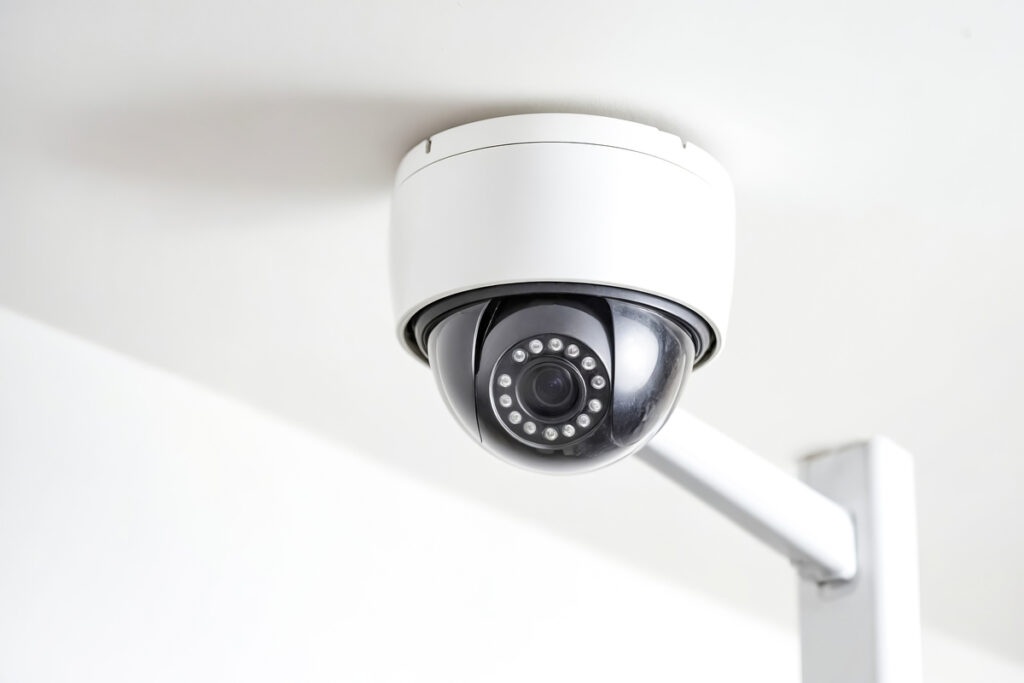
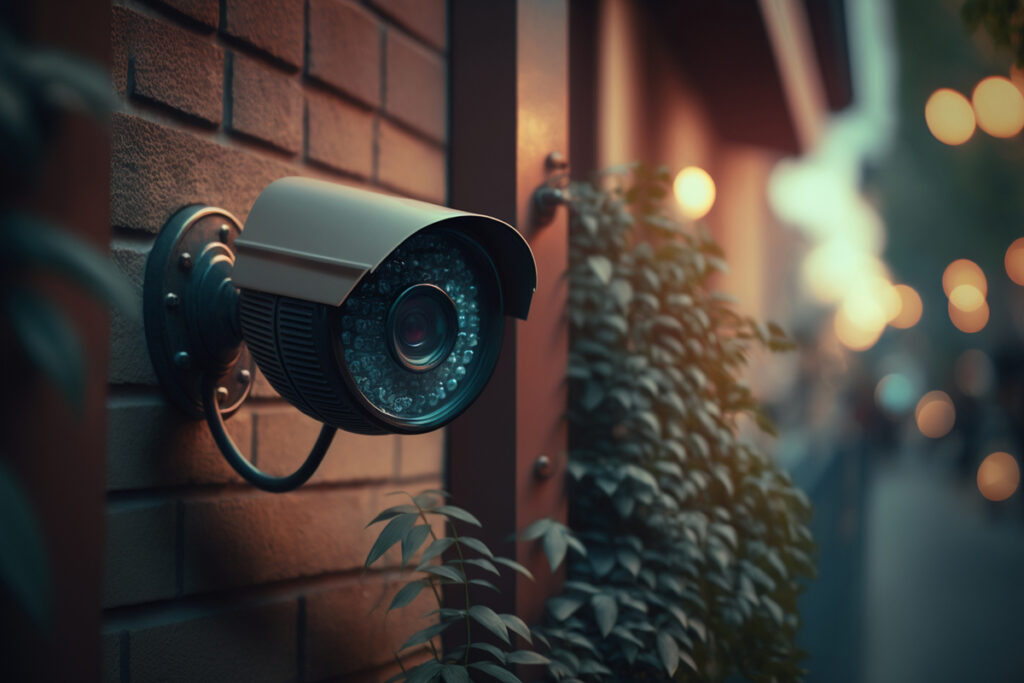

A home security camera system is a network of cameras and monitoring equipment designed to keep an eye on your property. These systems can help deter crime, provide evidence if a crime does occur, and give you peace of mind knowing what’s happening around your home.
When it comes to types, security cameras are mainly divided into two categories: wired and wireless. Wired cameras connect to a central recording device while wireless cameras send data over Wi-Fi. Wired systems are usually more reliable and higher in quality, but they can be harder to install. Wireless systems, on the other hand, are easier to set up and can offer greater flexibility with placement. Each has its pros and cons, so consider what matters most to you.
Having a home security camera system installed offers several benefits. It can act as a deterrent to potential intruders just by being visible. If someone does try to break in, the footage can be invaluable for law enforcement. Plus, many modern systems come with features like remote access, letting you check in on your home from anywhere in the world.
Before jumping into buying a security camera system, think about a few key factors. What’s your budget? How tech-savvy are you? Do you want something you can install yourself, or would you prefer professional help? How many cameras will you need, and where will you place them? Answering these questions will help you choose the right system for your needs.
Can I Install Home Security Cameras Myself?
Installing home security cameras yourself is totally doable, especially if you enjoy tackling DIY projects. Before you get started, it’s important to evaluate your skill set and make sure you have the right tools. Basic handyman skills like drilling, running cables, and possibly using a ladder could come in handy. Also, some systems might require a bit of tech know-how for setting up network connections and configuring software.
There are definite perks to going the DIY route. You save money on installation fees, and you can do it on your schedule. However, be prepared for a bit of a learning curve and some trial and error, especially if it’s your first time setting up such a system. Also, if anything goes wrong, troubleshooting might depend entirely on your patience and problem-solving skills.
Starting with the setup, you’ll want to gather all your equipment and map out where you plan to place each camera. Once you’ve mapped it out, the basic steps typically involve mounting your cameras, connecting them to a power source (if they’re wired), and linking them to your home network. Most modern systems have pretty intuitive apps or software to guide you through the process, which can make things easier.
A few common challenges might pop up during installation. Sometimes Wi-Fi signals aren’t strong enough in certain areas, leading to connectivity issues for wireless cameras. For wired cameras, running cables through walls can be tricky. If you hit a snag, don’t hesitate to consult the support resources provided by the camera manufacturer. Forums and DIY communities online can also be a treasure trove of tips and advice.
Step-by-Step Guide to Installing Your Own Home Security Camera System
Choosing the right spots for your cameras is key. Think about high-traffic areas like entryways, driveways, and backyards. Make sure to cover potential blind spots as well. A good rule of thumb is to place cameras high enough to prevent tampering but low enough to identify faces clearly.
Mounting the cameras can range from easy to a bit challenging, depending on your setup. Wireless cameras are usually simpler since you only need to worry about placement and network connection. For wired cameras, you’ll have to run cables through walls or ceilings to connect them to a recording device. Ensure the mounts are secure to withstand weather conditions if placed outdoors.
Next up is connecting the cameras to their power source and your home network. Wireless cameras often use battery packs or solar panels and connect via Wi-Fi. Wired cameras will need to be plugged into a power outlet and connected to a recording device with a network cable. Test each camera to ensure it’s getting power and has a strong network connection before proceeding.
Once your cameras are up and running, configuring the software is the final step. Most systems come with a user-friendly app that’ll guide you through the setup process. Here, you can customize settings like motion detection zones, alerts, and video quality. Make sure to test out the remote access feature so you can keep an eye on your home from anywhere.
Taking the time to double-check everything ensures your system runs smoothly. Confirm that each camera has a clear field of view and isn’t obstructed. Go through the settings one more time to make sure everything is configured to your liking. Regular maintenance like cleaning the camera lenses and updating the software helps keep your system in top shape.
Professional Installation: When and Why You Might Need an Electrician
Some situations call for professional help. If your system requires extensive wiring through walls or ceilings, hiring an electrician ensures everything is done safely and correctly. They can also help if you’re adding cameras to an existing security system that needs integration.
Hiring a professional brings several benefits. They have the expertise to handle complex installations and can often do the job faster. Plus, if any issues arise, a professional is equipped to troubleshoot and solve them. It’s peace of mind knowing the job is done right.
Cost is a consideration. DIY saves money upfront, but professional installation can save you headaches down the line. Weigh the initial savings against the potential for future complications. Getting quotes from different installers gives you a better idea of what to expect financially.
While installation know-how is important, having the best equipment is equally essential for optimal home security. In our companion guide, “5 Best Home Security Cameras for Ultimate Protection in 2024,” we dive deep into the top-rated cameras on the market. From high-resolution video quality to advanced AI features, we’ll help you find the perfect cameras to complement your newly acquired installation skills. Whether you’re looking for indoor, outdoor, or doorbell cameras, our comprehensive review will ensure you choose a system that’s not only easy to install but also provides the level of protection and functionality your home deserves.
Here’s a little transparency: Our website contains affiliate links. This means if you click and make a purchase, we may receive a small commission. Don’t worry, there’s no extra cost to you. It’s a simple way you can support our mission to bring you quality content.

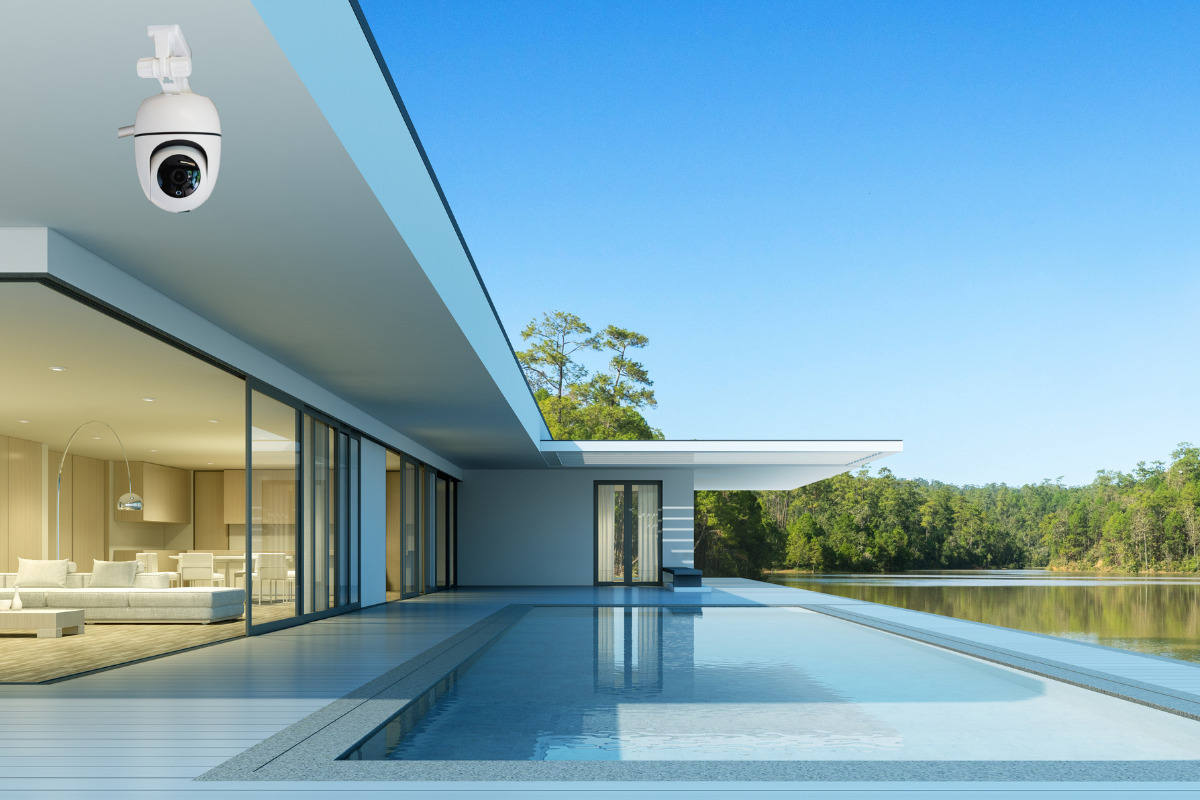
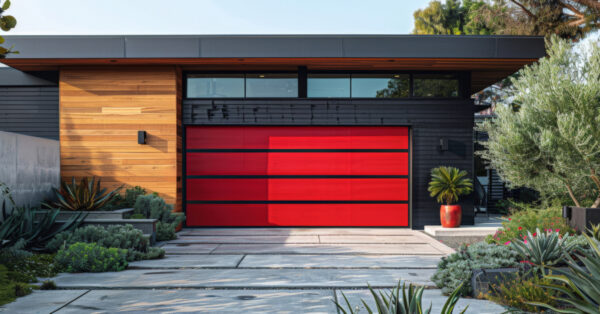
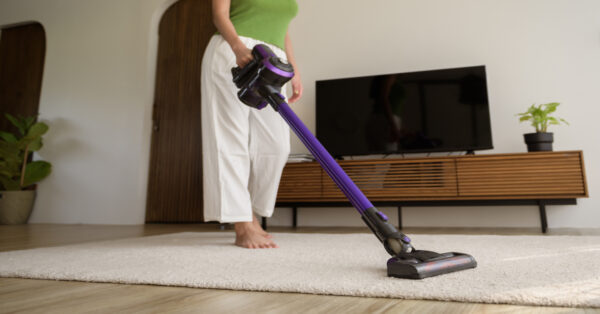


2 Responses
You made the steps super clear and easy to follow, especially when you explained the importance of positioning the cameras for maximum coverage. I hadn’t thought about how critical camera placement is for reducing blind spots—great tip! I was curious, though, what type of camera do you personally recommend for someone who’s just starting out and may not be very tech-savvy? Also, do you think wireless cameras are reliable enough, or should I be considering a wired system for better security?
Thank you Bob your thoughtful comment and questions! I’m glad you found the tips on camera positioning helpful. For someone just starting out who may not be very tech-savvy, I would recommend a user-friendly wireless camera system like the Blink Video Doorbell or the AOSU Wireless Doorbell Camera. These options are relatively easy to set up and use, with intuitive smartphone apps for monitoring.Regarding wireless vs. wired systems, both can be reliable for home security. Wireless cameras offer easier installation and flexibility in placement. However, wired systems generally provide more stable connections and don’t require battery changes. For most homeowners, a quality wireless system like the Ring Video Doorbell or eufy Security Video Doorbell will offer sufficient security and convenience.If you’re concerned about reliability, you could consider a hybrid option like the Ring Wired Doorbell Pro, which uses existing doorbell wiring for power but still offers wireless connectivity for video transmission. This combines the stability of a wired power source with the convenience of wireless monitoring.Ultimately, the best choice depends on your specific needs, technical comfort level, and home setup. Whichever system you choose, regular updates and proper maintenance will help ensure its reliability and effectiveness for your home security.